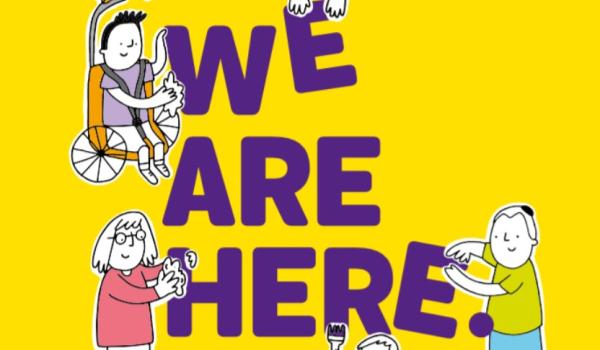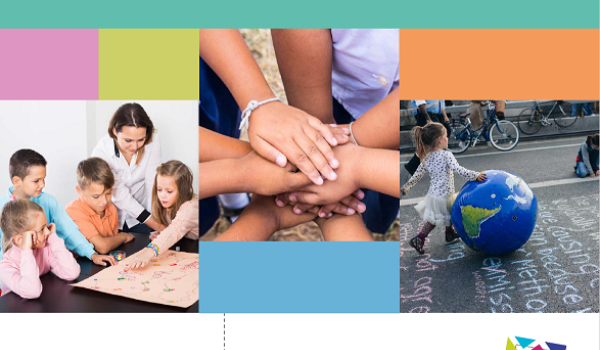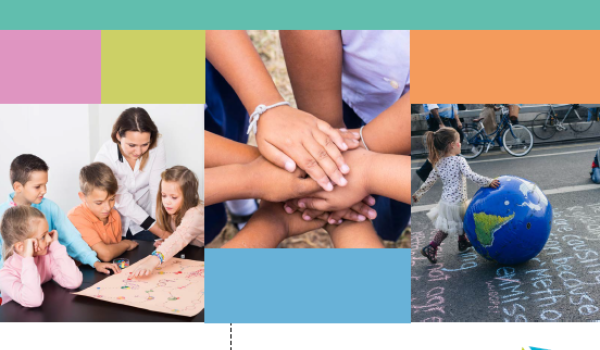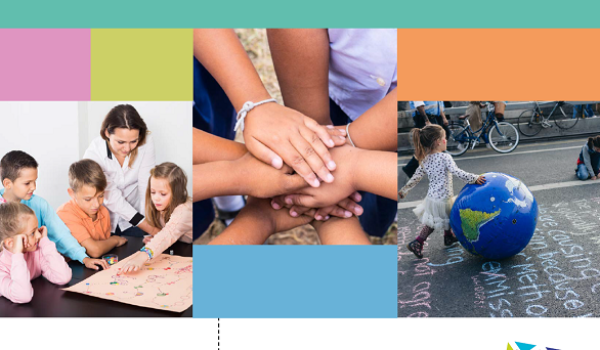Displaying 41 - 50 of 71
his publication offers a practical set of tools for those working with children to implement meaningful children’s participation and encourage collaboration between generations. Throughout the six modules, the user is guided on how to run sessions…
This Toolkit has been developed for those who are planning to involve children and young people in their initiatives and projects. It is informed by a children’s rights-based model of child participation – the Lundy Model.
Compass is a resource of information, tools and tips for human rights education with young people. It is currently available in more than 30 languages, ranging from Arabic and Japanese to Icelandic and Basque.
The Referential of Good Practices aims to compile practices that have been or are being implemented by Portuguese and Norwegian entities acting in the area of the promotion of rights and the protection of children, based on child participation or…
This report introduces and explains principles, concepts, and practical considerations, in order to fill gaps in understanding the practices of children’s participation in business. It is the result of a Global Child Forum research project aiming to…
Guidance on how to create safe digital environments that enable children and young people’s participation.
Handbook on Children's Participation Annex 4 - Challenging discrimination: Implications for practice
Annex 4 of the Council of Europe Handbook on children's participation explains the principle of non-discrimination and its implications for professionals working with children.
This section of the Handbook will help professionals who work in education, health, alternative care, child protection, immigration and asylum, family support and pre-school services to understand what is meant by the term “children’s participation…
Annex 3 of the Council of Europe Handbook on children's participation provides a checklist for ensuring safety and well-being of children in participatory processes.
Annex 8 of the Council of Europe Handbook on children's participation includes a checklist for professionals on how to support freedom of expression and association of children involved in participatory processes.









